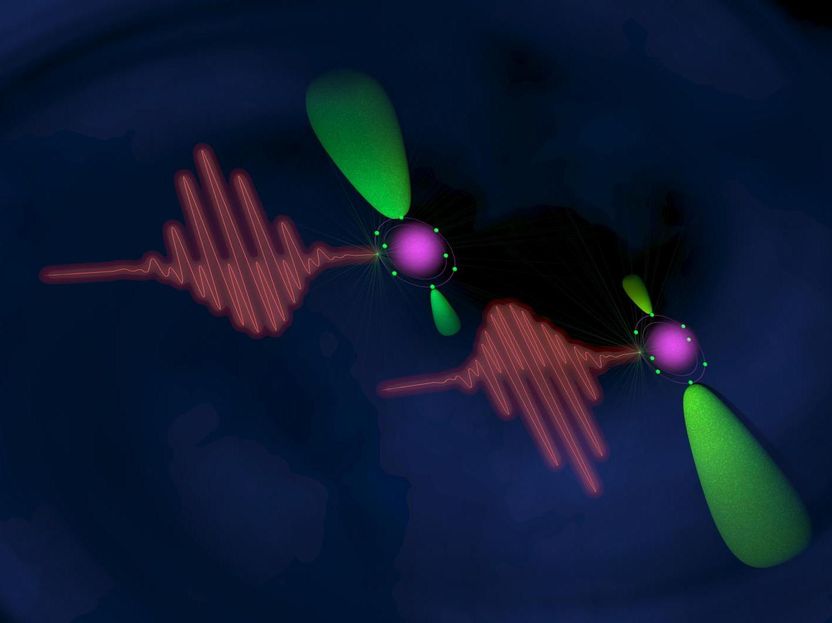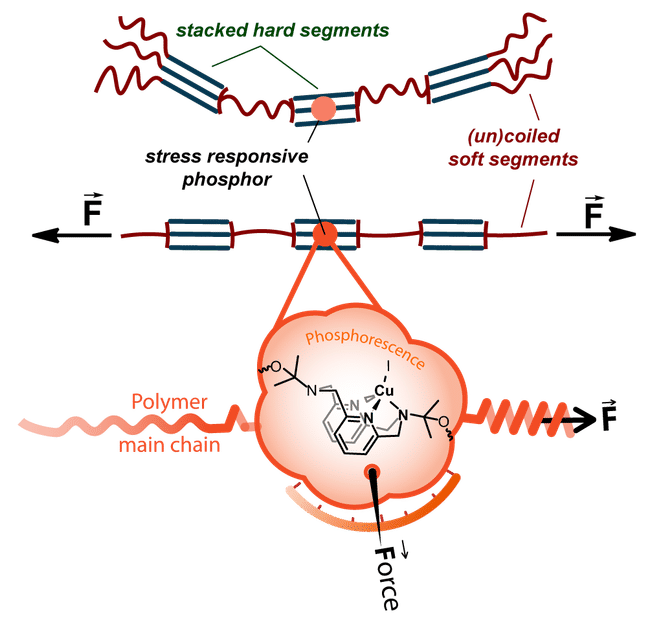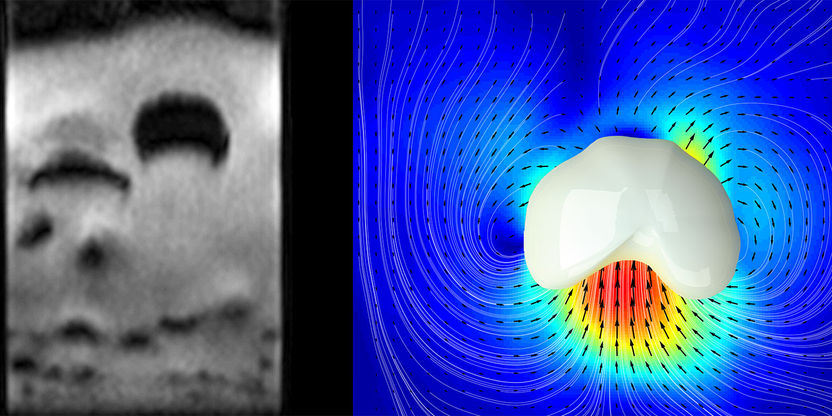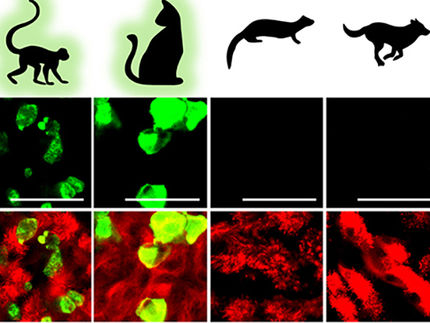Frost & Sullivan: Automation will represent the next step for biobanks
Exponential growth in sample volumes pushes biobanks toward
Every year, nearly 100 million samples are added to biobanks worldwide. Over 1500 bio repositories exist today and efforts are underway to automate the various sample handling and compound storage processes involved in biobanking. The increased focus on preservation of sample integrity and biobanking efficiency is creating considerable growth opportunities for automated solutions.
New analysis from Frost & Sullivan, Global Biobanking Automation Market, finds that the market earned revenues of $818 million in 2011 and estimates this to reach $1.4 billion in 2018. The research covers automated liquid handling systems and robotics, automated compound storage and sample management systems, laboratory information management systems (LIMS) and consumables.
“New disease-based biobank projects in Europe and the United States, that focus on finding a cure for diseases, offer tremendous potential for automation,” notes Senior Research Analyst Divyaa Ravishankar. “As patient population samples surge, automated storage units have now been developed that improve biobanks’ capacity to cater to a larger number of samples.”
Automating certain procedures within the biobanking workflow offers biorepositories with vital technical and cost benefits. The prospects for greater automation within biobanks are being promoted by LIMS.
“Advances in LIMS have led to newer models such as virtual biobanks and centralised databank models which provide a platform for universities, biotechnology and pharmaceutical firms to collaborate,” remarks Ravishankar. “This will facilitate the availability of information to any researcher at any point of the R&D process.”
A technological challenge at present stems from the fact that no two biobanks operate in a similar way. As a result, there can be no comparison of research results obtained from two different biobanks. The quality, extent and type of clinical information collected with the specimens also vary from repository to repository.
A diverse and technologically sound portfolio will be necessary to support the greater use of automation in biomarker applications. Strategic alliances and partnerships with technology leaders, academic biobanks and small regional participants will further aid market development.
Most read news
Other news from the department business & finance

Get the analytics and lab tech industry in your inbox
By submitting this form you agree that LUMITOS AG will send you the newsletter(s) selected above by email. Your data will not be passed on to third parties. Your data will be stored and processed in accordance with our data protection regulations. LUMITOS may contact you by email for the purpose of advertising or market and opinion surveys. You can revoke your consent at any time without giving reasons to LUMITOS AG, Ernst-Augustin-Str. 2, 12489 Berlin, Germany or by e-mail at revoke@lumitos.com with effect for the future. In addition, each email contains a link to unsubscribe from the corresponding newsletter.
Most read news
More news from our other portals
Last viewed contents
New way to filter light - System could provide first method for filtering light waves based on direction
Millipore Corporation's re-branding underscores expanded capabilities and partnership with customers - Millipore Foundation awards $500,000 research gift to the Harvard Stem Cell Institute

Controlling ultrafast electrons in motion

'Twist and shine': Development of a new photoluminescent sensor material
New method for unraveling molecular structures - Residual dipolar couplings unveil structure of small molecules
Cambridge NanoTech expands operations in Cambridge
Bruker AXS Wins Prestigious R&D 100 Award For Novel XFlash QUAD Detector for X-ray Microanalysis on Electron Microscopes

Rapid imaging of granular matter






















































